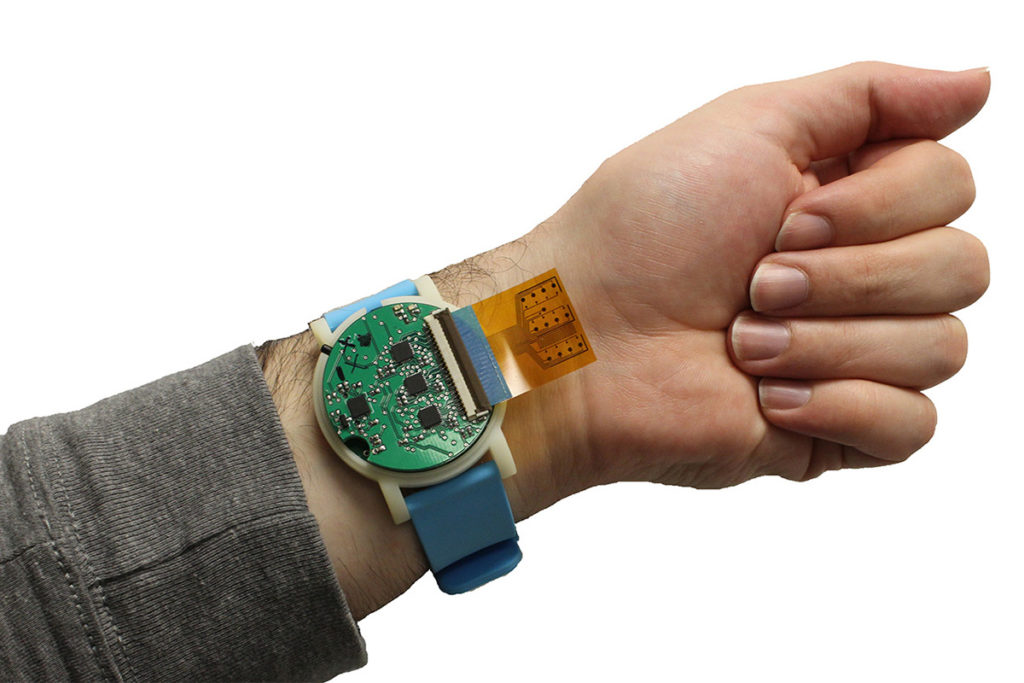An Activity Tracker in Clothing
New technology allows clothes to track muscle activity.
Your clients may soon be able to use a shirt or pair of pants as an effective alternative to a wrist-worn activity tracker, which means you may have access to more data when designing a program.
Huanan Zhang, PhD, assistant professor of chemical engineering at The University of Utah, Salt Lake City, recently developed a new method to screen-print fabric with biosensors that can measure muscle activity. Research has shown the activity tracker technology to be effective on compression sleeves for the forearm, and Zhang thinks it may be used in other skintight clothing, such as bike pants or athletic tights.
“This new method can enable clinicians to collect a muscle’s long-term electrical signals with more precision,” said Zhang. “And we can get a better understanding of a [physical therapy] patient’s progress and, therefore, their therapeutic outcomes over time.” Other researchers have developed sensors embedded in fabric or fibers like those used in Sensoria® Smart Socks for runners.
The research is published in APL Materials (2021; 9 [091113], 1–9).
See also: Fitness Trackers and Clients
Shirley Eichenberger-Archer, JD, MA
Shirley Eichenberger-Archer, JD, MA, is an internationally acknowledged integrative health and mindfulness specialist, best-selling author of 16 fitness and wellness books translated into multiple languages and sold worldwide, award-winning health journalist, contributing editor to Fitness Journal, media spokesperson, and IDEA's 2008 Fitness Instructor of the Year. She's a 25-year industry veteran and former health and fitness educator at the Stanford Prevention Research Center, who has served on multiple industry committees and co-authored trade books and manuals for ACE, ACSM and YMCA of the USA. She has appeared on TV worldwide and was a featured trainer on America's Next Top Model.




